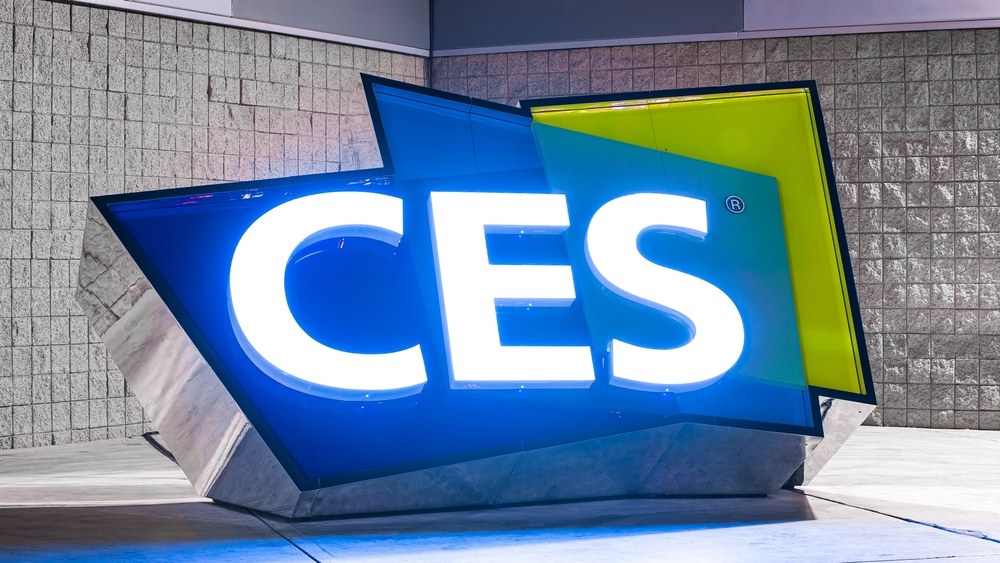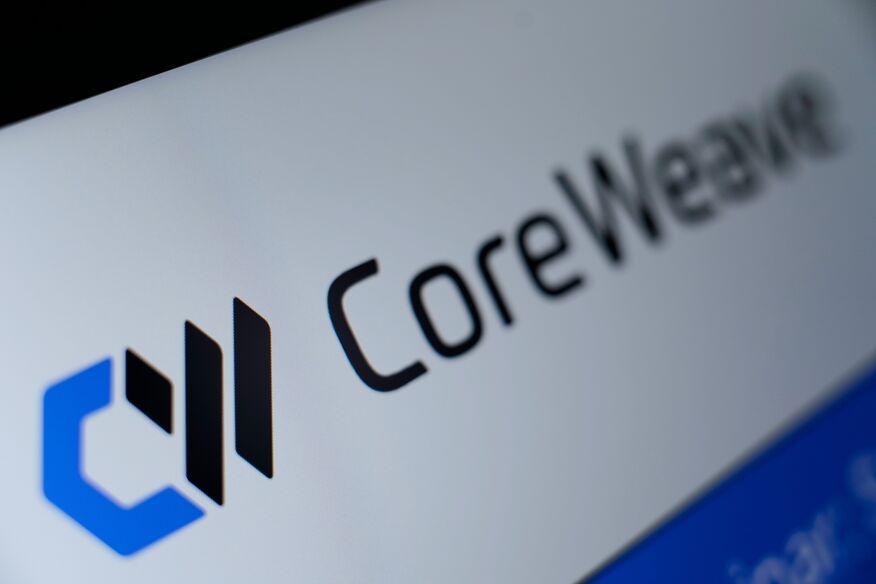Chip tech provider Arm looks to design own processors in major shift

July 30 (Reuters) - Arm Holdings ARM.O is investing in developing its own chips, CEO Rene Haas said on Wednesday, marking a major shift to its model of licensing its blueprints to other companies.
"We are consciously deciding to invest more heavily — is the possibility of going beyond (designs) and building something, building chiplets or even possible solutions," Haas said in an interview with Reuters.
Chiplets are smaller, modular versions of a so-called monolithic processor that performs specific functions. Designers will stitch several chiplets together to form a complete processor.
Arm has been recruiting from its customers and competing against them for deals as it pushes toward selling its own chips, Reuters has reported.
The investments Arm is making are an extension of its approach to building more complete designs, known as CSS, Haas said.
Haas declined to provide a timeframe in which the company's investments in the new strategy would translate into profit, or give specifics about potential new products that are part of the initiative.
This expansion of its business puts the chip tech provider Arm in competition with some of its customers, including Nvidia NVDA.O, which builds their own processors on top of Arm's architecture.
The company also forecast second-quarter profit slightly below estimates on Wednesday, as global trade tensions threaten to hit demand for the chip architecture provider in its mainstay smartphone market.
The company's chip technology powers nearly every smartphone in the world, and its tame forecast underscores uncertainty faced by global manufacturers and their suppliers resulting from U.S. President Donald Trump's tariff policies.
UK-based Arm forecast adjusted per-share profit between 29 cents and 37 cents for the fiscal second quarter, the midpoint of which is below analysts' average estimate of 36 cents per share, according to LSEG data.
The company generates revenue through licensing deals for its intellectual property and a royalty charged for each chip sold that uses its technology.
Smartphones remain Arm's biggest stronghold. Morningstar analysts expect Arm to continue as the dominant architecture in smartphone processors, where it has a 99% market share.
Global trade tensions, however, cloud the outlook for the market.
Uncertainty fueled by tariff volatility and ongoing macroeconomic challenges has tapered end-market demand, with global smartphone shipments increasing just 1% in the April-to-June period, according to International Data Corporation.
The company expects current-quarter revenue between $1.01 billion and $1.11 billion, in line with estimates of $1.06 billion.
The company reported first-quarter sales of $1.05 billion, coming in just shy of estimates of $1.06 billion. Adjusted profit of 35 cents per share was in line with estimates.
It has also made attempts to diversify into the booming data center market, where customers such as Amazon's AMZN.O cloud unit use its technology.
The company's chip architecture also competes against Intel and AMD's longstanding x86 stronghold in the server central processor market — a booming area in the AI industry where CPUs are used alongside advanced graphics processors in data centers.







